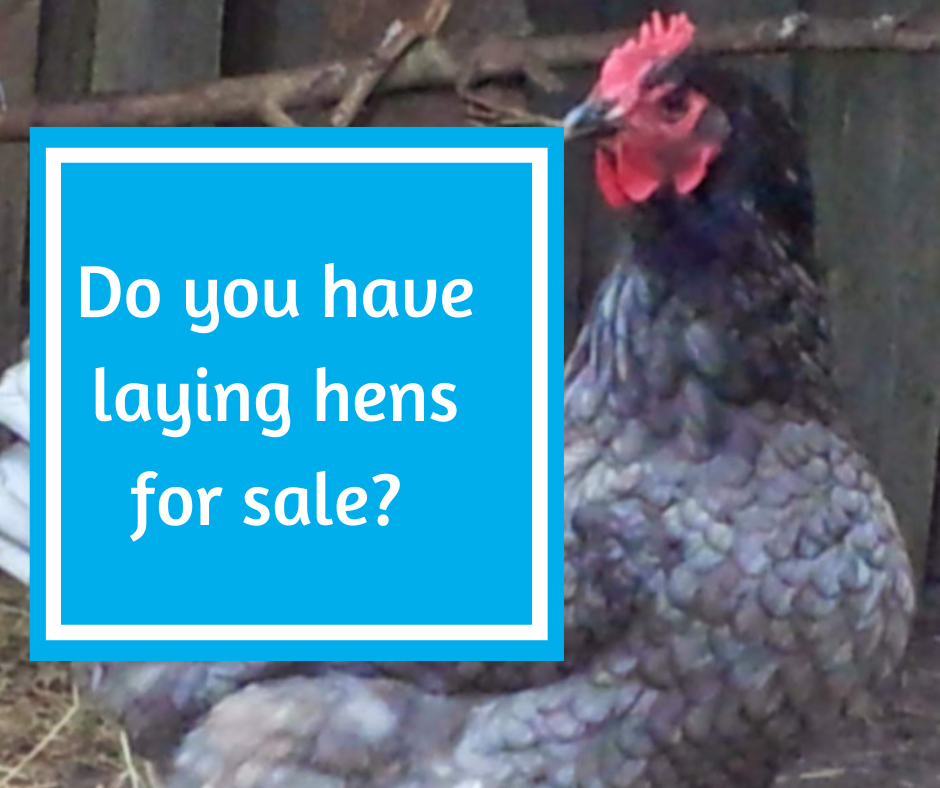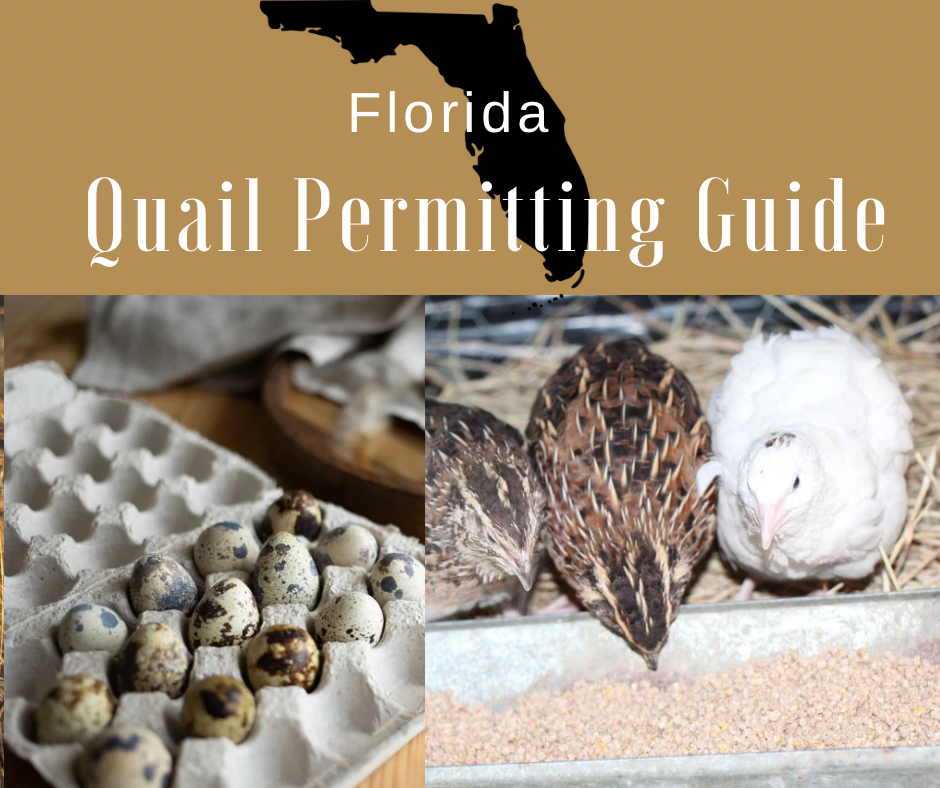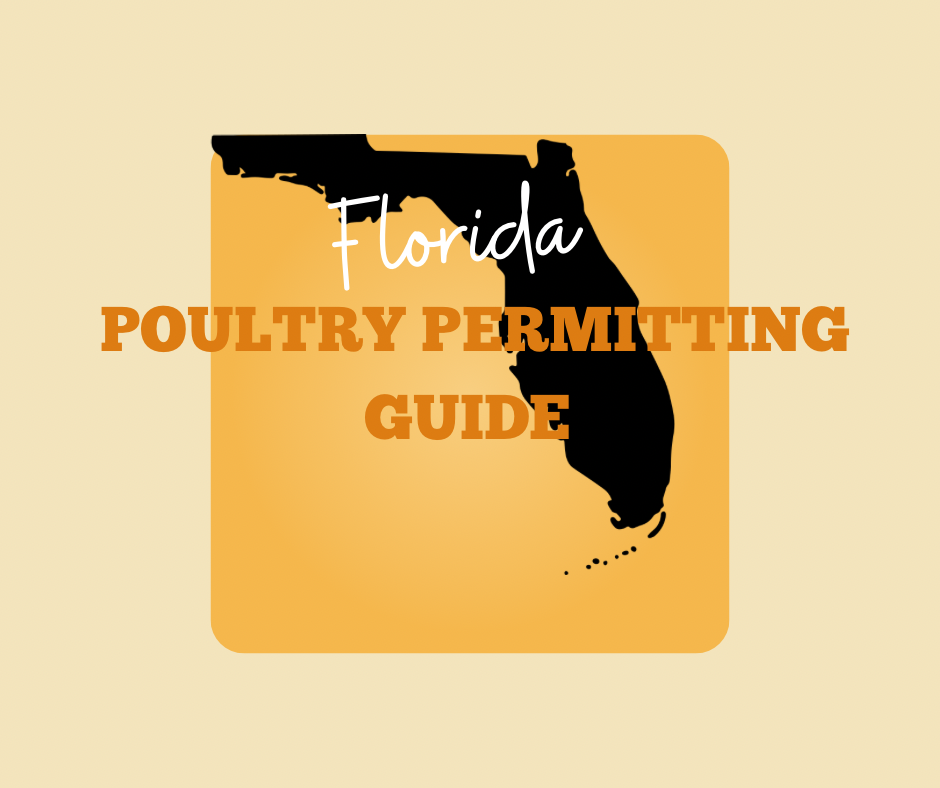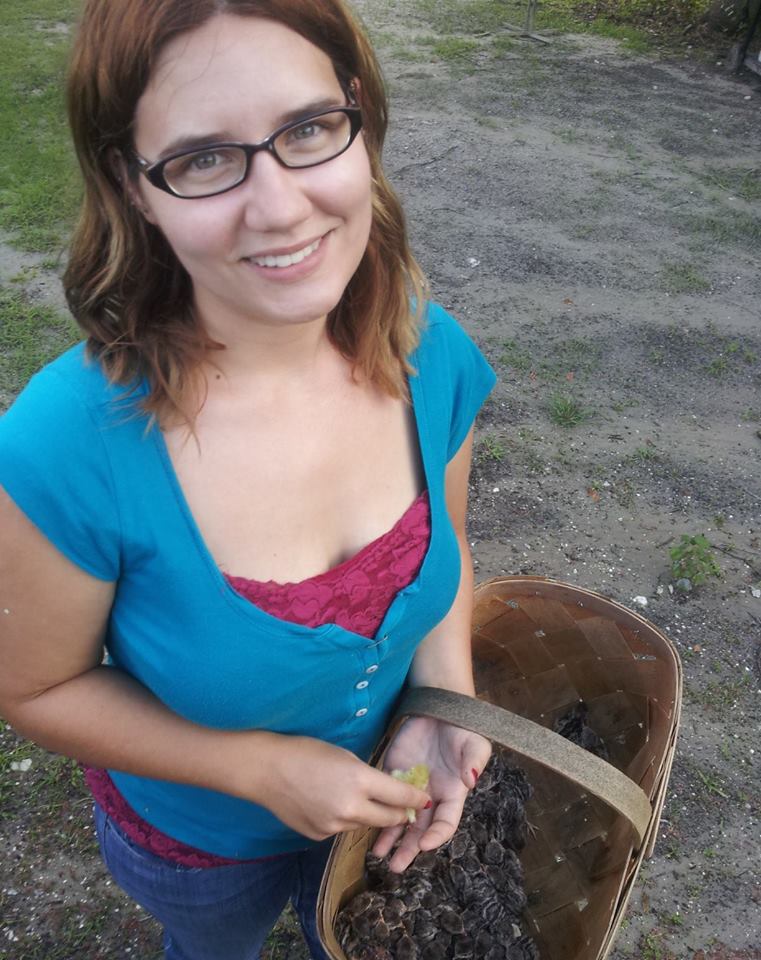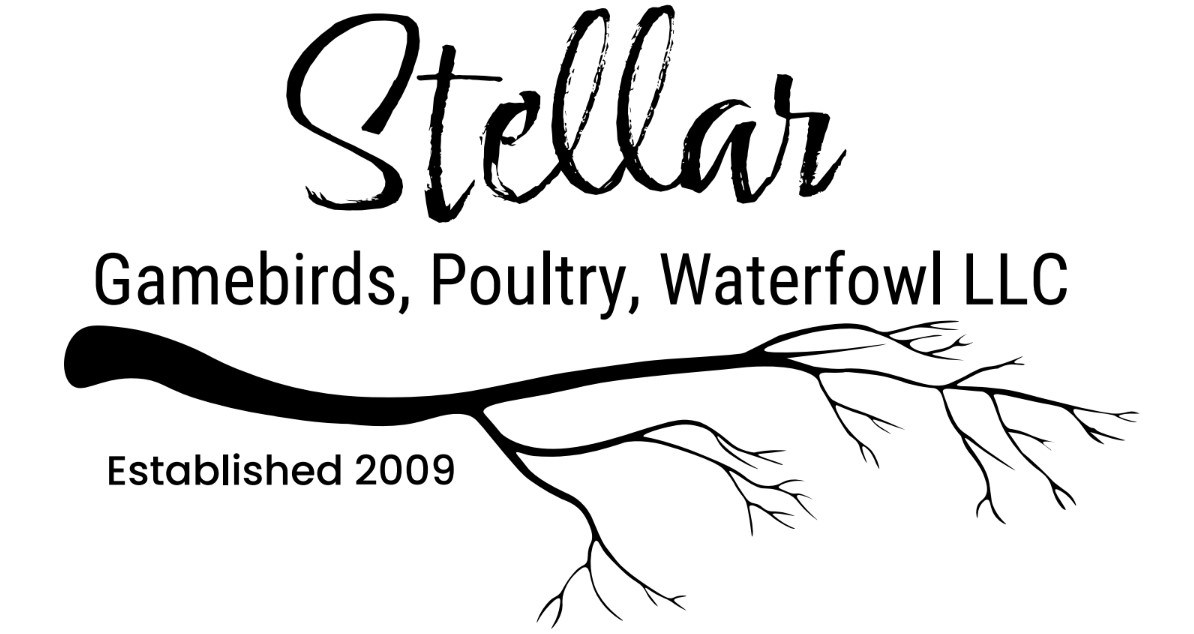Selective breeding has been a cornerstone of agriculture for centuries, enabling farmers to enhance and improve the characteristics of the animals they raise. In the case of fowl—whether chickens, ducks, quail, or other poultry—selective breeding plays a pivotal role in improving traits such as egg production, meat quality, disease resistance, and overall hardiness. By carefully selecting birds with desirable characteristics to breed, farmers can develop stronger, healthier, and more productive flocks.
The Basics of Selective Breeding
Selective breeding involves choosing specific birds to mate based on their desirable traits. The key is to focus on traits that will benefit the farmer’s operation, whether that be for higher egg production, better meat yield, or unique characteristics like feather color or temperament. Breeding for these traits requires careful planning, record-keeping, and a deep understanding of genetics.
Birds that exhibit the most desirable traits are paired, and their offspring are then evaluated to ensure they carry forward those qualities. Over generations, the most advantageous traits become more pronounced in the flock.
Goals of Selective Breeding in Fowl
1. Improved Egg Production: One of the most common goals of selective breeding is to increase egg production. Farmers often choose birds that lay consistently large numbers of eggs or birds that produce high-quality eggs in terms of size and shell strength. By selecting hens with these traits and roosters from high-production lines, farmers can gradually build a flock known for its egg-laying prowess.
2. Better Meat Quality: For those raising birds for meat, selective breeding focuses on birds with better body mass, a high feed conversion rate (the ability to convert feed into muscle), and favorable meat texture. Breeding birds with these traits can result in a flock that grows quickly, yields a higher meat percentage, and has better-tasting meat.
3. Disease Resistance: Another key focus is improving the flock’s ability to resist common diseases. Some birds naturally carry genes that make them more resistant to specific illnesses, reducing the need for antibiotics or vaccines. By selectively breeding birds that have proven to be resilient, farmers can develop a stronger flock with better overall health.
4. Feathering and Appearance: In some cases, especially for exhibition birds or those raised for ornamental purposes, selective breeding focuses on plumage color, pattern, and texture. Birds that display the desired feathering characteristics are chosen to continue those lines. This can also extend to body shape, comb type, and other physical attributes that make certain breeds stand out.
5. Temperament: The behavior of a bird is just as important as its physical traits. Birds that are calm and non-aggressive are often preferred in flock settings, especially in mixed-poultry environments or free-range operations. By breeding birds with favorable temperaments, farmers can cultivate flocks that are easier to manage and less prone to stress-induced issues.
The Process of Selective Breeding
1. Observation and Selection: The first step in selective breeding is closely observing the current flock to identify standout individuals. These might be the hens that lay the most eggs, birds that gain weight efficiently, or those that show resistance to local diseases.
2. Pairing and Mating: Once selected, these birds are paired for breeding. Farmers often consider lineage when choosing pairs to ensure that both parents contribute strong genetics. If a rooster comes from a long line of prolific egg producers, pairing him with high-production hens could enhance that trait further in the offspring.
3. Evaluation of Offspring: The real test of selective breeding comes when the next generation is hatched. Farmers evaluate the young birds to see which ones carry forward the desired traits. Some birds may be culled if they do not meet expectations, while others are kept for further breeding.
4. Repeat and Refine: Selective breeding is a long-term process that takes multiple generations to see significant results. Farmers need to be patient, refining their methods with each new generation. Over time, the flock will consistently show improvements in the chosen traits.
Benefits of Selective Breeding
• Adaptation to Environment: Through selective breeding, birds can be bred to better adapt to local conditions, such as extreme heat, cold, or humidity. This makes them more resilient and productive in specific climates.
• Reduced Feed Costs: Birds that grow faster and convert feed more efficiently require less food to reach market weight, cutting down on feed costs.
• Healthier Flocks: By breeding for disease resistance, farmers can reduce the need for costly veterinary treatments and interventions, leading to healthier, more sustainable flocks.
• Sustainability: Selective breeding allows for the creation of lines of birds that are tailored to the needs of a farm, whether it’s for niche markets like heritage breed poultry or large-scale commercial operations. This leads to a more sustainable and efficient operation.
Challenges of Selective Breeding
Selective breeding requires dedication, as it is a time-consuming process with no instant results. Furthermore, focusing too narrowly on certain traits, such as size or egg production, can inadvertently reduce genetic diversity and introduce unwanted side effects, like reduced fertility or weaker immune systems. Farmers need to balance the pursuit of specific traits with maintaining overall genetic health in the flock.
Conclusion
Selective breeding of fowl is a powerful tool that allows farmers to continuously improve their flocks, tailoring birds to meet specific needs and market demands. Whether aiming for better egg production, meat quality, or disease resistance, this method offers long-term benefits to both the farmer and the poultry industry. By taking a thoughtful and strategic approach, selective breeding can lead to healthier, more productive birds that contribute to the success and sustainability of any farming operation.


